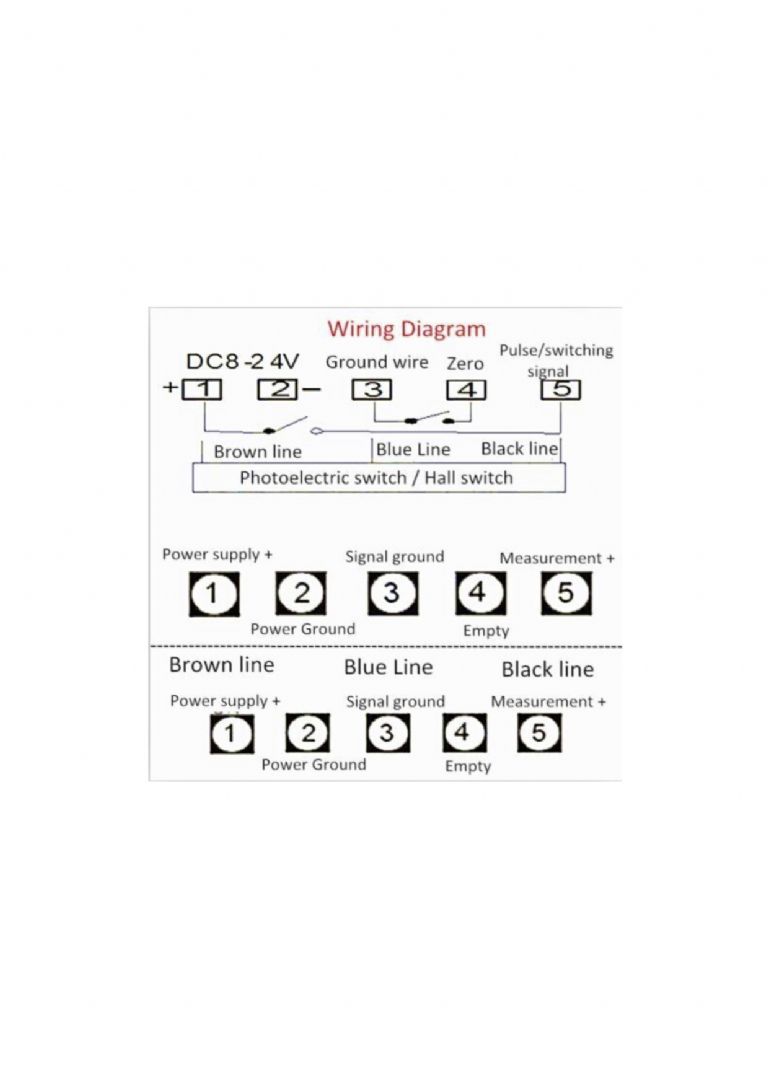My new SC4 has a tacho built in. I fitted one to my mini lathe.
In practice listen and feel how the cut is going and look at the surface finish, and adjust the speed to get best results.
There are so many variables (tool style, tool material, tool wear, tool height, tool angle, lathe rigidity, type of bearings, adjustment of bearings, toolpost style, workpiece size, shape, overhang, diameter, material, use or not of coolant, cutting fluid, depth of cut, feedrate, your own style of working, even whether the lathe is cool or has been run for and hour and warmed up) there is no magic number for any job unless you have a controlled production environment where you control as many of these variables as possible. In a home shop, all a tacho can do is get you in the right ballpark, or repeat a setting you found worked earlier.
In the past, most people only had six speeds to choose from and got on fine, having minute control over our lathe speeds convinces us that getting the speed right to within a few rpm is essential, just because we can.
Neil
 Neil Wyatt.
Neil Wyatt.





